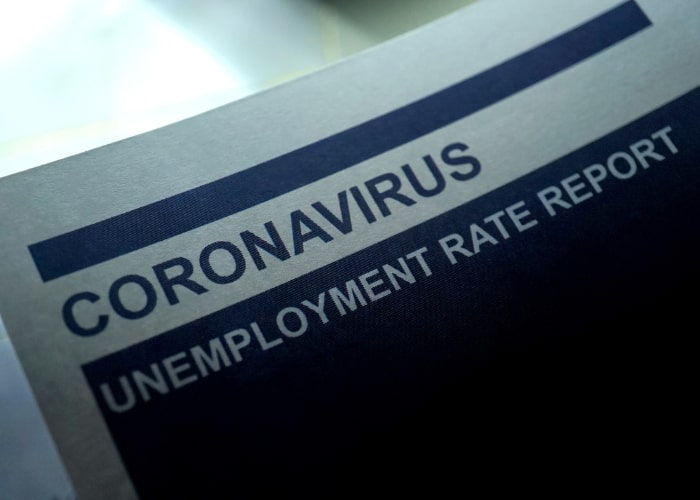For workers who became temporarily unemployed in the third or fourth quarter of last year, it will be difficult to return to the Spanish labour market. The ERTE mechanism has proved particularly effective when the scheme was of a short-term nature.
This is evident from a study conducted by the Banco de España. The study looks into the employment opportunities for employees who are on a temporarily unemployed ERTE scheme. According to this study, a re-entry into the labour market will be problematic for employees from all sectors. But especially those who have been on this scheme longer than three months or since the summer of 2020. The majority, (57%) of these employees work in the hospitality industry or retail trade.
For those workers who became temporarily unemployed in the second quarter of 2020, the ERTE scheme has proven to be an effective mechanism for returning to work. 70% of employees who received an ERTE in April, May and June were able to return to work during summer. However, 40% of the people lost their jobs permanently.
Temporarily unemployed ERTE for hardest hit sectors only
An important conclusion from the study is that this effectiveness of the ERTE mechanism decreases as temporary employment persists.
The longer it takes for employers to resume activities, the less likely employees will be able to return to their old positions. However, the Banco de España advocates maintaining ERTE for the hardest hit sectors until the end of the corona crisis. For them, the chance of re-entering the labour process is still 16% higher than for employees with a permanent dismissal.
The current ERTE regulations will end on May 31. But the Spanish government has now announced that this work protection mechanism will be extended again from June 1. However, the Banco de España advises, based on the research, to maintain the ERTE only for the most affected sectors. Such as the hotel and catering industry and retail trade.
Retraining for work in sectors with better prospects
The Banco de España also advocates a training program for all employees with an ERTE, so that they can also look for a job in other sectors. Now only 11% of the temporarily unemployed indicate that they are or have been engaged in further training or retraining.
For the future, the government´s employment protection needs to be adjusted on two points, according to the study. Firstly, protection against unemployment should not be the same for all sectors. And secondly, there should be more opportunities for unemployed workers to find work in other sectors with better prospects.


